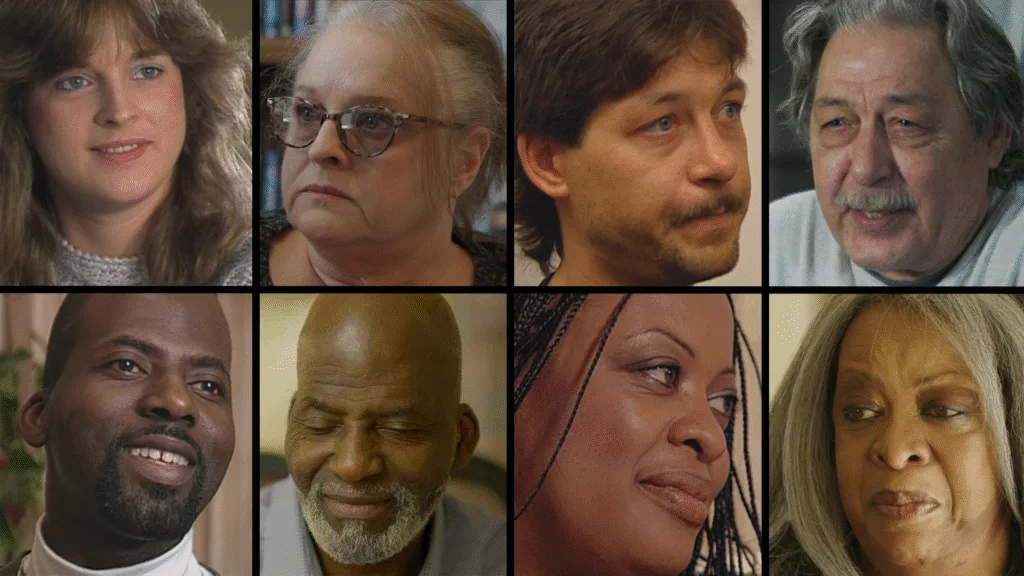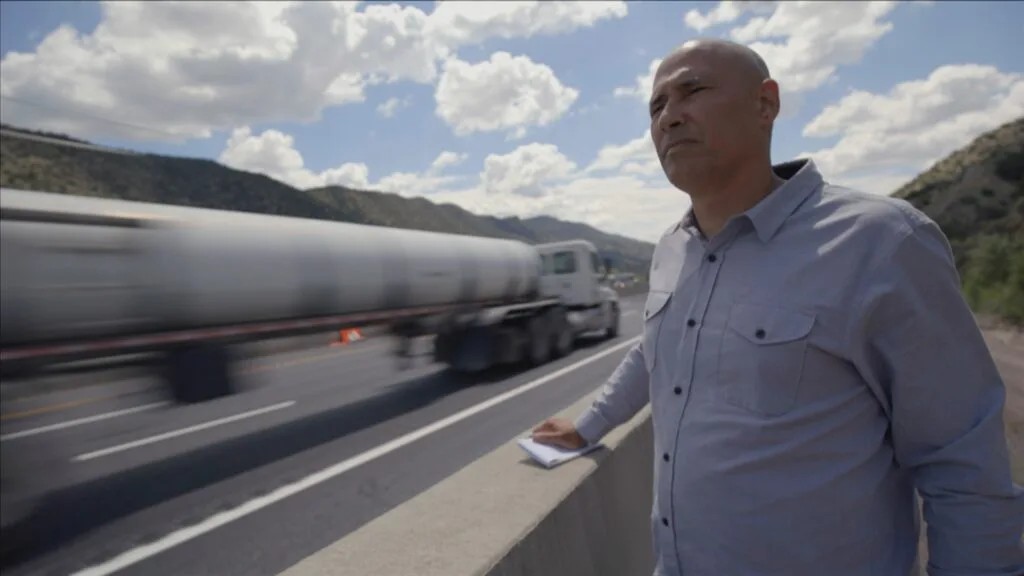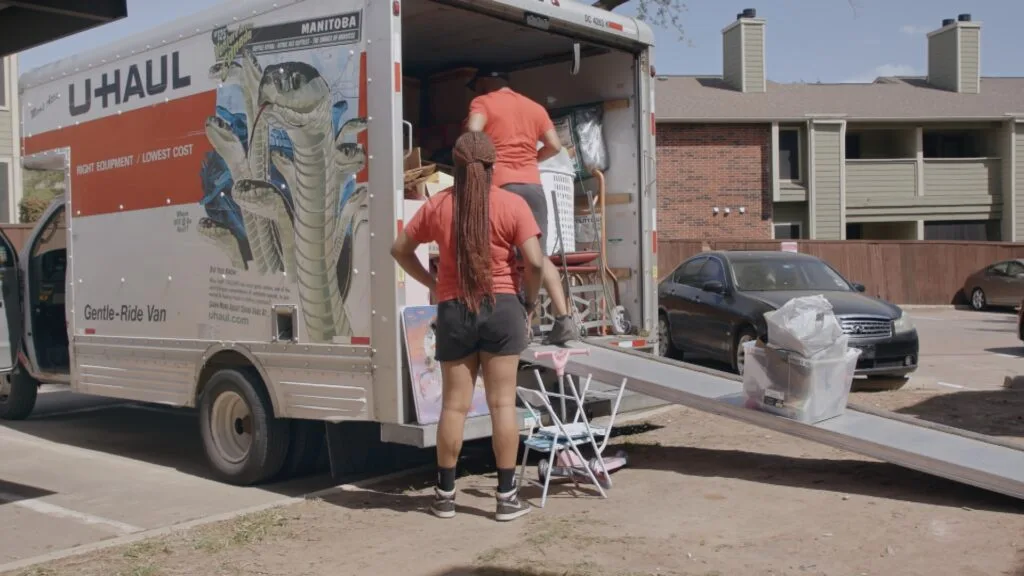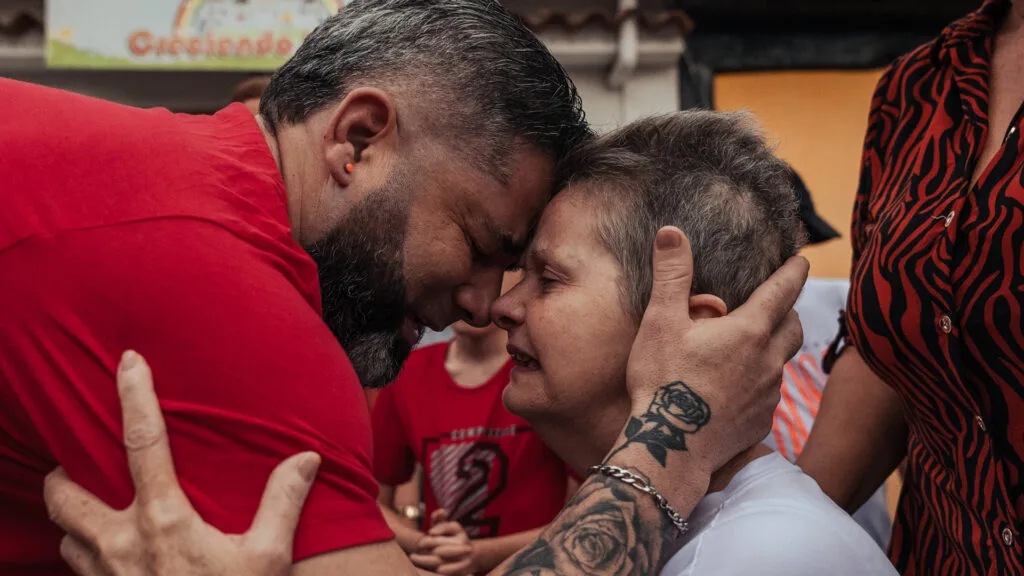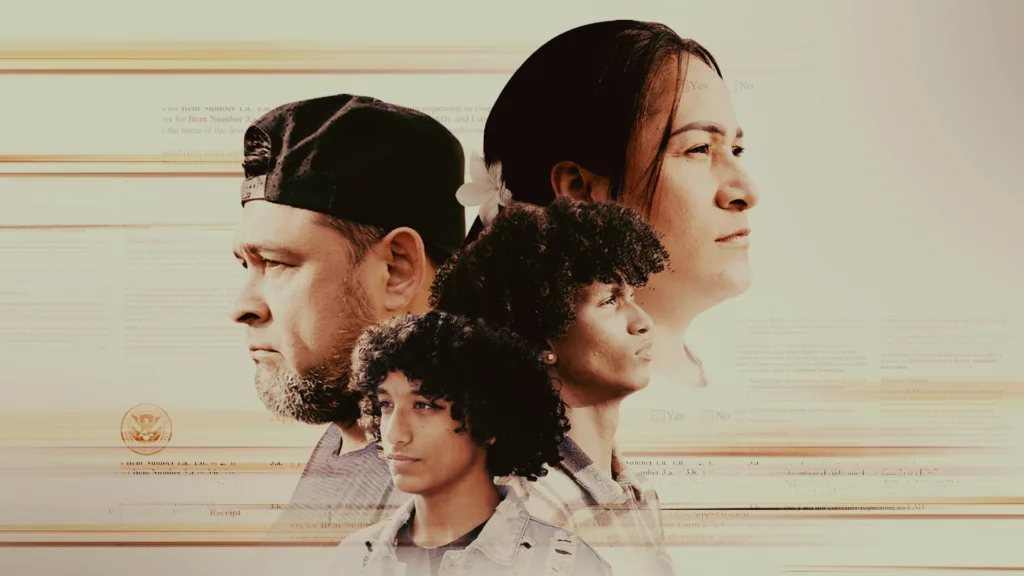What Are Some Challenges of Growing Up Poor in America?
The U.S. has one of the highest child poverty rates among wealthy nations. Here’s a look at some struggles kids living in poverty face.
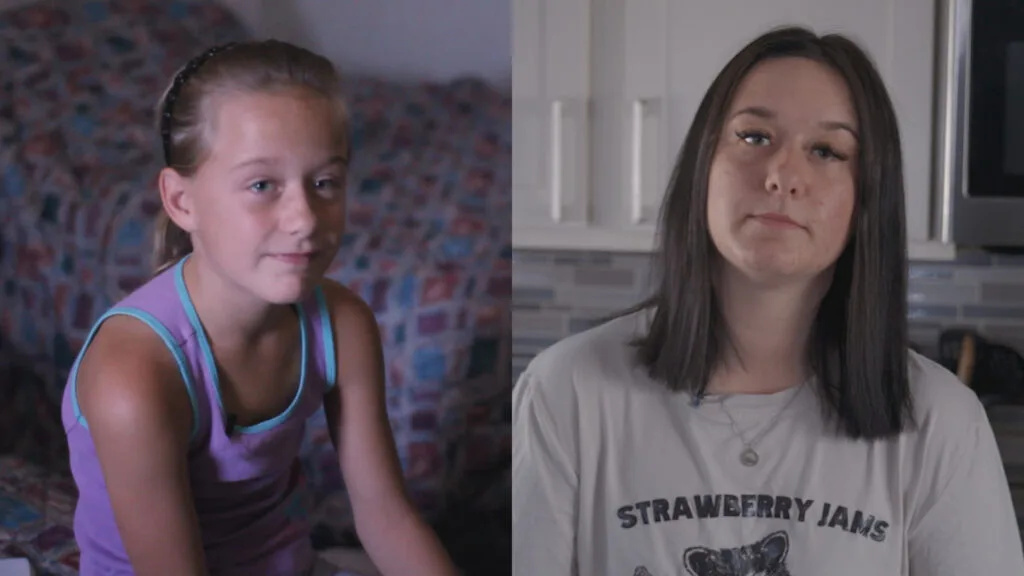
October 7, 2025
Share
In 2012, Kaylie was a 10-year-old living in Iowa with her mother, who was struggling to make ends meet.
“When we can’t afford to pay our bills, like, our house bills and stuff, I’m afraid, like, we’ll get homeless,” Kaylie said in the FRONTLINE documentary Poor Kids, which first aired in 2012 and chronicled the lives of children living in poverty. “You never know what’ll happen in your life,” she added.
More than a decade later, FRONTLINE revisits Kaylie and two other children, who are now young adults, in the new documentary Born Poor, as they try to pursue their dreams and overcome the poverty that marked their upbringing.
When FRONTLINE filmed with Kaylie again this year, she’d recently lost her job in Iowa and was in the process of moving to Texas in hopes of building a more sustainable life. “Changing the cycle that you were born into is very hard,” Kaylie said.
The number of children living in poverty in the U.S. has been high for years. In 2012, when FRONTLINE first met Kaylie, she was one of 13.4 million kids in poverty, according to an estimate by the U.S. Census Bureau. In 2024, around 9.7 million children were still living in poverty, the agency’s recent data reveals. FRONTLINE examined research and spoke to experts about the short and long-term hardships that growing up poor can have on children.
Childhood Poverty in the U.S. Remains High
The poverty rate for children was 13.4% in 2024, according to the U.S. Census Bureau’s latest figures that take expenses and government aid into account. As in past years, Black and Hispanic children continued to experience the highest rates of poverty.
While the same poverty measure hit a low of 5.2% in 2021, it was short-lived. The drop has been attributed to temporary policy changes during the COVID-19 pandemic, according to a September report from the National Academies of Sciences, Engineering, and Medicine.
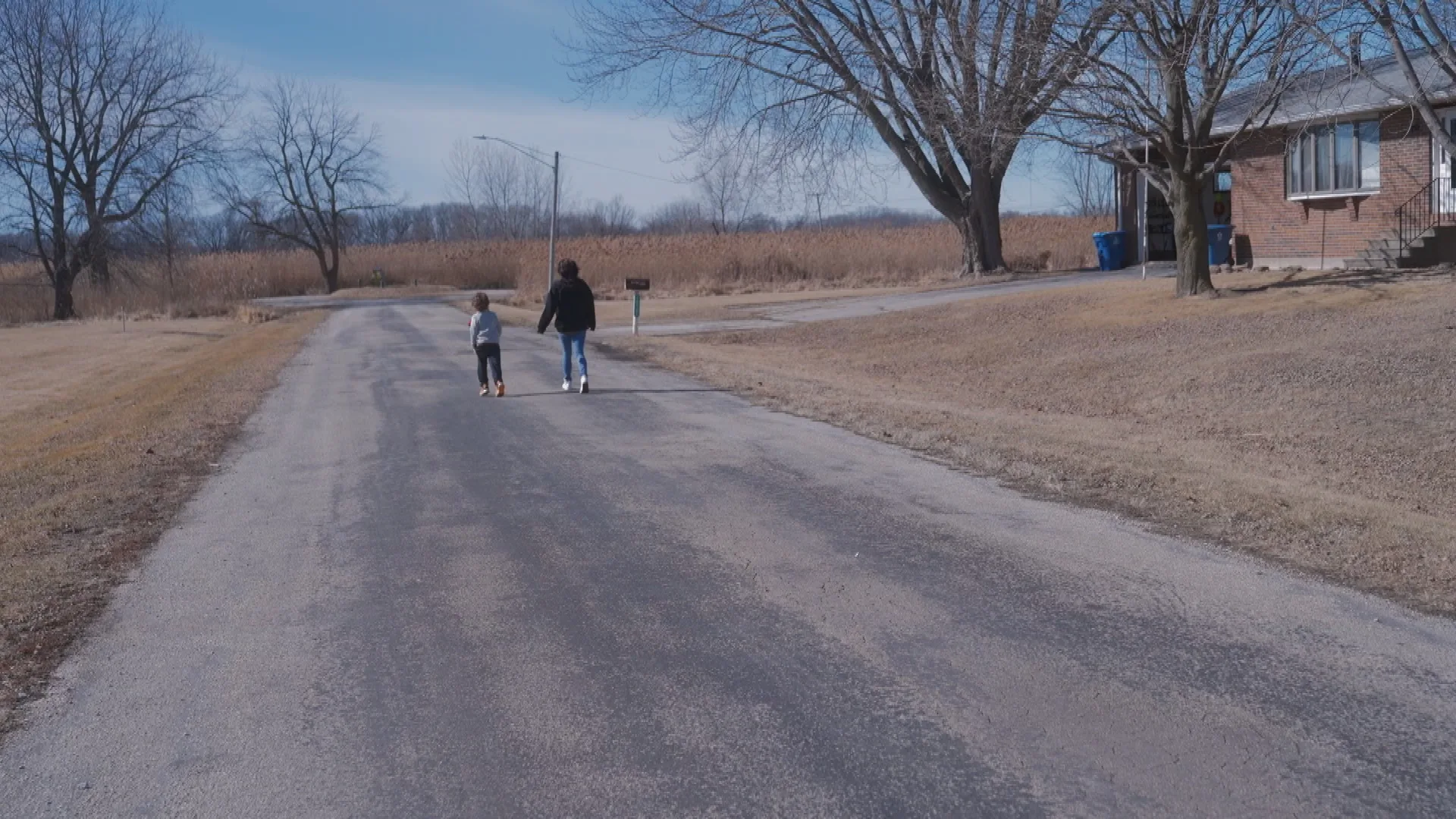
The report noted that the expansion of tax benefits such as the Child Tax Credit and the Earned Income Tax Credit, along with other forms of support such as nutrition aid and stimulus checks, helped lift more than 2 million children above the poverty line in 2021. Since those pandemic-era policies ended, the child poverty rate has gone back up to roughly where it was in 2019.
The U.S. had the highest child poverty rate compared to other wealthy nations as of 2022, according to an analysis by the nonpartisan Peter G. Peterson Foundation.
Not Getting Enough Food
Around 7.2 million kids lived in households where both adults and children didn’t have sufficient food in 2023, according to the latest available data from the U.S. Department of Agriculture.
“Experiences of poverty and food insecurity at an early age really affects the trajectory of children as they go through life,” said Joseph Llobrera, senior director of Research for Food Assistance at the Center on Budget and Policy Priorities. For children, not getting enough nutritious food has been associated with increased risks of chronic illness and cardiovascular disease, Llobrera said.
Government data shows that in 2023, children made up around 39% of participants in the Supplemental Nutrition Assistance Program, the largest such federal program. Although the benefits per person or household are small, “it’s enough to make a difference,” Llobrera said.
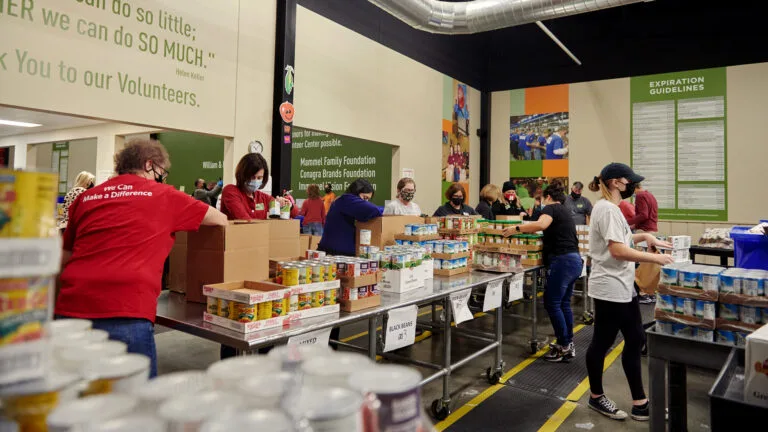
Recent federal changes would cut billions in funding for SNAP over the next decade and add new work requirements for people to qualify for the benefits.
Llobrera said that while food banks and other nonprofits play an important role in communities in moments of crisis, the scale of what they’re able to offer is small compared to SNAP.
Impact on Health
Numerous studies have outlined how hunger and poverty affect children’s development and health, with increased risks of anemia, asthma, dental problems, post-traumatic stress and more. Research has also shown that financial difficulties at a young age may lead to increased risk of chronic disease and inflammatory responses that can have health implications into adulthood.
The conditions of a child’s housing and surrounding neighborhood could also harm their health and wellbeing. Research has shown that kids without stable housing report higher levels of depression and anxiety, for example.
“I think the risks of environmental hazards are really wide-ranging,” said Rita Hamad, director of the Social Policies for Health Equity Research Center at the Harvard School of Public Health. Hamad said children living in poverty are more likely to reside in places where there are a lot of pollutants or toxins.
In 2024, 34.2% of children whose families couldn’t afford private health insurance received help through government programs, U.S. Census Bureau data shows. Even with insurance, families living in poverty may be unable to take time off work or pay for transportation for children’s medical appointments, Hamad said.
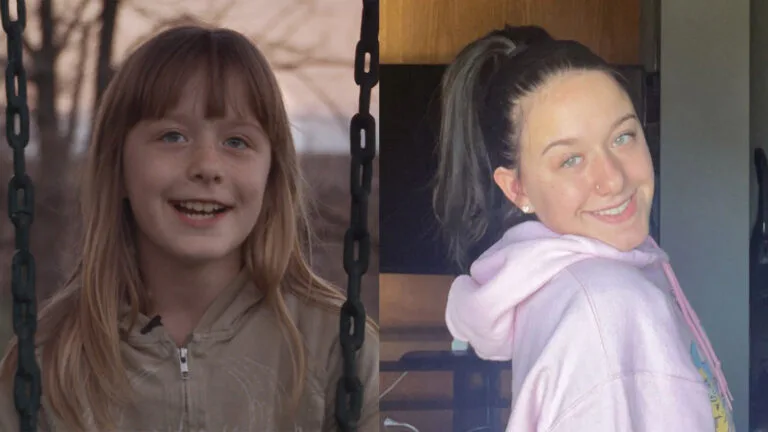
She said work her team and others have done has shown policies like the Earned Income Tax Credit could benefit kids’ health and education. But many programs depend on parents’ work and immigration status, so children in families that are not eligible could fall through the cracks, she said.
An Uneven Recovery For Education
In addition to health consequences, researchers have long noted that poverty can affect a child’s education. While kids fell behind academically across the board during the pandemic, measurements of recovery in the aftermath illuminate the impact of economic disparities.
The highest-income school districts were almost four times more likely to have recovered their pre-pandemic math and reading test scores by spring 2024 than the lowest-income districts, with some exceptions, according to a report published in February by Stanford University and Harvard University researchers.
Poverty also has an impact on children’s attendance, data shows, with extreme levels of chronic absence in schools serving lower-income students — a trend that only deepened in recent years. Children between the ages of five and 17 from lower-income families were more likely to chronically miss school because of health reasons, a 2024 report by the National Center for Health Statistics found.
Lasting Consequences
The toll of poverty can endure for years.
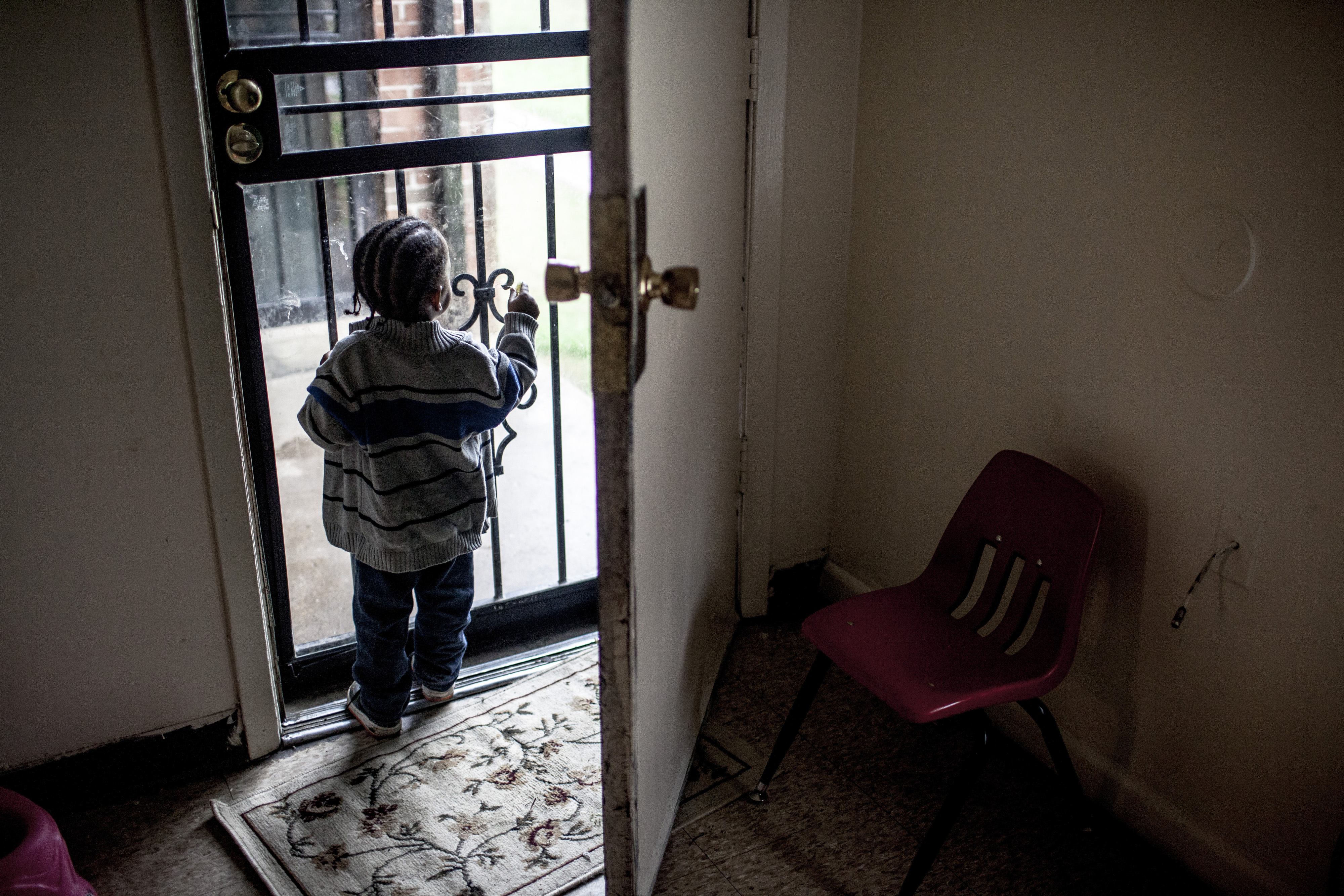
Around one-third of kids in the U.S. who grow up in poverty will be poor as adults, according to researchers who worked on a report about intergenerational poverty. Writing in the nonpartisan Brookings Institution, they added that health and education disparities and other factors are behind this cycle.
Born Poor explores that cyclical nature of poverty, as the kids who experienced financial instability growing up continue to face economic hurdles as young adults. In the film, Kaylie reflects on her childhood and parenthood.
“Of course, I worry about being a mom, because it’s scary,” she says. “Everything you do, you might repeat the cycle. Every hard decision affects the little life you created.”
Watch the Full Documentary
Born Poor
Double Your Impact. Protect the Truth.
Bold journalism requires complete independence, and that is only possible with your support. All donations up to $100,000 will be matched. Your gift will go twice as far for FRONTLINE.
Related Documentaries
Latest Documentaries
Related Stories
Related Stories
Explore
Policies
Teacher Center
Funding for FRONTLINE is provided through the support of PBS viewers and by the Corporation for Public Broadcasting. Additional funding is provided by the Abrams Foundation; Park Foundation; the John D. and Catherine T. MacArthur Foundation; and the FRONTLINE Trust with major support from Jon and Jo Ann Hagler on behalf of the Jon L. Hagler Foundation, and additional support from Koo and Patricia Yuen. FRONTLINE is a registered trademark of WGBH Educational Foundation. Web Site Copyright ©1995-2025 WGBH Educational Foundation. PBS is a 501(c)(3) not-for-profit organization.


